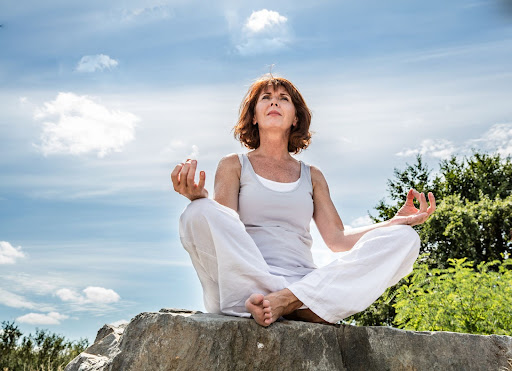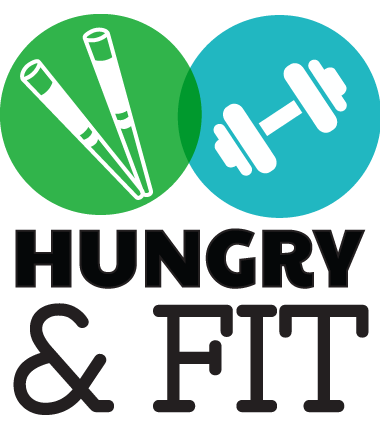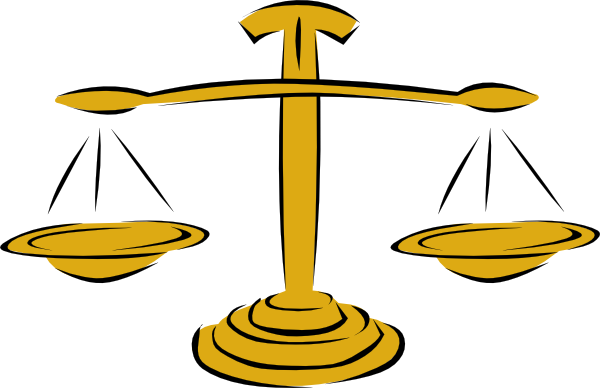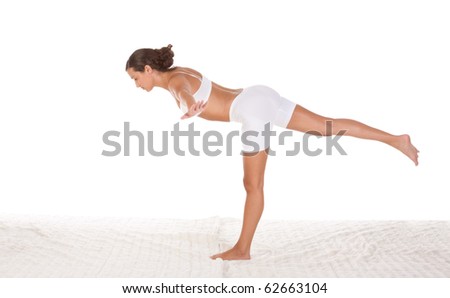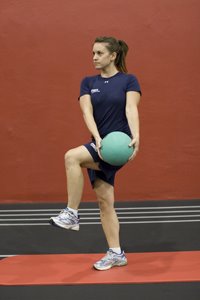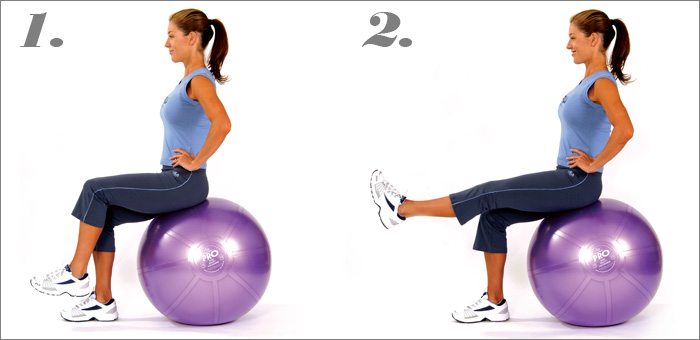And even if you’re not over 60–these exercises help everyone. I work a lot with the older population and it’s never too early to make sure you age gracefully. Even as we get older, more stiff, and less agile, it’s still–no, MORE–important to exercise and keep active. The more we move, the better we feel.
The body strongly dislikes being inactive and has a way of turning on the body. Whether that means weight gain, arthritis, stiffness, and/or loss of flexibility. Just to name a few. Another big loss as we get older is balance. Falls are one of the biggest problems for seniors, and it’s never too early to start practicing. Try at least 3 of these each day:
1. Calf raises. Stand up straight. If you’re unsure of your balance, make sure you stand near something to hold onto (a chair, wall, anything sturdy). Rise forward onto your toes, leaving your heels off the ground. Slowly come down. Do 12 repetitions for 3 sets.

2. Rotator cuff stretch. This one requires a resistance band or tube. As we get older, we notice our shoulders deteriorating faster and getting injuries easier. Use this exercise to make sure you don’t hurt your rotator cuff. Tie the resistance band around a pole or bed post. Stand a few feet away and grab the other end. Rotate your elbow like a door hinge towards you and slowly back out. Control is the key here. Nice and slow, really use those muscles. Switch on other side. 12 repetitions for 3 sets.
 Image Source
Image Source
3. Single-leg balance. It’s as simple as it sounds. Make sure you have something nearby to hold onto and lift up one leg, so that you’re standing just on one. Hold it for 20 seconds. Switch. Do 2 sets.

4. Laying twists. This is a great stretch for flexibility and stretching out your muscles–especially in your back. Start by laying down and spreading your arms into a T. Now drape your right leg over your left and look towards the right. You want to make sure your hips are twisting. If both shoulder blades are not on the ground, you’re moving your leg a little too far for your body. Hold for 10 seconds. Repeat on other side. Do 2 sets.

5. Opposite lifts. This is a core-strengthener. Lay down flat on a mat, arms by your side. Lift up the right arm and left leg at the same time. Now, you only want to lift the leg about 6 inches maximum from the ground. This is the point where your tummy really has to work to keep it up. Contract your abdominals. Lower both extremities, and perform on the other side. 12 repetitions for 3 sets.

6. Cat/cow rotation. This is taken from yoga. Go onto all fours. When you inhale, lift your head up and invert your spine. When you exhale, move your head down and arch your back. Do about 10 rotations, 2 sets.

Again, these are good for ANYONE. But especially if you’re over 60, put this into your routine. Either when you get up in the morning, during a commercial on TV, or before bed–make time for it. After all, it is your health. If you’re having trouble coming up with a routine and sticking to it, a personal trainer will probably be able to help. And we can always answer questions here.
Cheers! And as always…stay hungry and fit!
